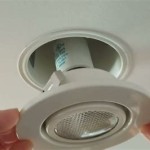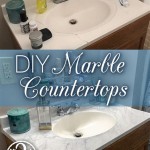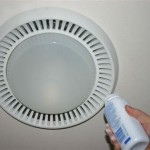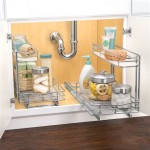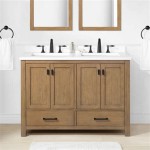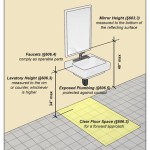Bathroom Moulding Ideas: Enhancing Style and Function
Bathroom moulding is a versatile design element that can elevate the aesthetic appeal and functionality of this often-overlooked space. From classic crown moulding to trendy wainscoting, the possibilities are endless. By incorporating bathroom moulding, you can transform a plain bathroom into a stylish and sophisticated haven. This article explores several key ideas for incorporating moulding into your bathroom design, offering insights into its potential benefits and how to achieve the desired results.
Enhancing Visual Appeal with Crown Moulding
Crown moulding, a decorative trim that runs along the junction of the ceiling and walls, adds a touch of elegance and sophistication to any room, including the bathroom. The intricate details and intricate patterns of crown moulding draw the eye upwards, creating a sense of grandeur and height. In a bathroom, crown moulding can enhance the visual appeal of the space, particularly when paired with a classic or traditional design aesthetic. It complements various finishes, from painted walls to tiled surfaces, adding a touch of refinement to the overall design scheme.
Achieving Functionality with Wainscoting
Wainscoting, a decorative paneling installed on the lower portion of the wall, offers both aesthetic and functional benefits in a bathroom. This classic design element adds visual interest and texture to the walls, while also protecting the surface from moisture and stains. Wainscoting can be customized with various materials, such as wood, tile, or even wallpaper, allowing for a wide range of design possibilities. In a bathroom, wainscoting creates a sophisticated look, elevating the space's elegance while offering practical protection against everyday wear and tear.
Defining and Dividing with Chair Rail Moulding
Chair rail moulding, a horizontal trim installed about 32 inches above the floor, serves a dual purpose: enhancing aesthetics and protecting walls. This type of moulding adds a touch of visual interest while also acting as a barrier against bumps and scuffs from furniture, particularly in high-traffic areas like the bathroom. Chair rail moulding can be used to visually divide the wall, creating a sense of balance and proportion. This is particularly effective in bathrooms with large, open walls, where a horizontal element can define the space and create a more balanced visual appeal.
Adding Texture and Dimension with Shadow Box Moulding
Shadow box moulding, a decorative trim that creates a recessed panel effect, adds a touch of depth and dimension to any bathroom. This type of moulding is typically used to create a framed panel within a larger wall area, adding visual interest to otherwise plain surfaces. Shadow box moulding can be used to highlight specific areas of the bathroom, such as a vanity or a bathtub, drawing the eye towards these focal points.
Enhancing Space with Picture Frame Moulding
Picture frame moulding, a decorative trim used to frame various architectural elements such as windows, doors, or mirrors, adds a touch of elegance and sophistication to a bathroom. By framing a mirror, picture frame moulding can create a focal point, drawing the eye towards that specific area. This moulding type is particularly effective when paired with a classic or traditional design aesthetic, complementing the overall style and enhancing the visual appeal.
Incorporating Moulding into a Modern Bathroom
While moulding is often associated with traditional and classic design styles, it can also be incorporated into a modern bathroom. By using sleek, minimalist designs and clean lines, moulding can complement the overall modern aesthetic. Opt for simple, geometric patterns and neutral colours to maintain a contemporary feel.
Choosing the Right Material
The choice of material for bathroom moulding is crucial, as it must withstand the moisture and humidity of the space. Wood is a popular choice, but it requires proper sealing and maintenance to prevent warping and rot. PVC moulding is an excellent alternative as it is moisture-resistant, durable, and easy to maintain.
Painting and Finishing
The colour of the bathroom moulding should complement the overall design scheme. A neutral colour, such as white or beige, can blend seamlessly with any style, while a bolder colour can create a statement.

Bathroom Moulding Ideas The Company

Adding Interest To Bathrooms With Moulding Vanessa Francis Interior Design

Molding And Trim Ideas Elegant Bathroom Design Moldings Dining Room Wainscoting

Bathroom Crown Molding Design Ideas

A Guide To Wall Trim And Molding Ideas The Turquoise Home

Bathroom Wall Trim Ideas Spacefordreaming Accent Simple Designs Panels

How We Added Decorative Wall Molding To Our Bathroom Young House Love

Adding Interest To Bathrooms With Moulding Vanessa Francis Interior Design

Adding Moulding To Your Bathroom Simply Designing With Ashley

Crown Molding In The Bathroom Dad S Construction
Related Posts
